Home>Garden Essentials>How To Grow Begonia From Seed


Garden Essentials
How To Grow Begonia From Seed
Modified: April 22, 2024
Learn how to grow beautiful begonias from seed in your garden with our step-by-step guide. Cultivate vibrant and colorful blooms easily at home.
(Many of the links in this article redirect to a specific reviewed product. Your purchase of these products through affiliate links helps to generate commission for Storables.com, at no extra cost. Learn more)
Introduction
Welcome to the world of begonias! These beautiful and versatile flowering plants are a popular choice for garden enthusiasts due to their vibrant colors, unique foliage, and easy-to-grow nature. While many gardeners opt for purchasing mature begonia plants from nurseries, growing begonias from seeds can be a rewarding and cost-effective experience.
By starting begonias from seeds, you have the opportunity to cultivate a wide variety of begonia species, hybrids, and cultivars that may not be readily available in local garden centers. Moreover, growing begonias from seeds allows you to witness every stage of their development, from tiny seeds to flourishing plants.
In this article, we will guide you through the process of growing begonias from seeds. From selecting the right seeds to caring for the plants, we’ll provide you with all the information you need to successfully nurture your begonias from seedlings to full-grown plants.
Before we dive into the nitty-gritty details, let’s take a moment to understand what factors to consider when choosing begonia seeds and explore the different types available.
Key Takeaways:
- Growing begonias from seeds allows you to experience the entire life cycle of these stunning plants, from tiny seeds to vibrant blooms, and offers a wide variety of begonia species and hybrids to cultivate.
- Proper care, including watering, fertilizing, pruning, and pest prevention, is essential for the health and beauty of begonias. Harvesting and storing begonia seeds ensures a continuous supply for future plantings.
Read more: How To Harvest Begonia Seeds
Choosing Begonia Seeds
When it comes to choosing begonia seeds, there are a few important factors to consider. These factors will ensure the success and satisfaction of your gardening venture. Let’s take a closer look at what you should keep in mind:
Factors to Consider
1. Growing Zone: Begonia seeds, like any other plant, have specific temperature and climate requirements. Consider your growing zone and choose seeds that are suitable for your region. This will help your begonias thrive and adapt to the local conditions.
2. Growth Habit: Begonias come in a variety of growth habits, including upright, trailing, and compact. Determine the space you have available in your garden or containers and choose seeds that will fit and provide the desired aesthetic appeal.
3. Flower Type and Color: Begonias are known for their stunning flowers. Consider the types of flowers you prefer – single or double blooms, solid colors or multicolored patterns. Select seeds that will fulfill your vision for your garden or landscape design.
4. Foliage Type: In addition to their flowers, begonias are valued for their foliage. Some begonia varieties have interesting leaf shapes, colors, and textures. Consider the foliage traits that will complement your garden’s overall aesthetics.
Types of Begonia Seeds
Now that we have covered the factors to consider, let’s explore the different types of begonia seeds available:
- Tuberous Begonia Seeds: Tuberous begonias produce large, showy flowers and are commonly grown in pots or hanging baskets. Their seeds are often larger and need specific conditions to germinate, such as darkness and a warm temperature.
- Fibrous Begonia Seeds: Fibrous begonias are more compact and have smaller flowers compared to tuberous begonias. They are popular for their continuous blooming habit and are well-suited for bedding plants. Their seeds are smaller and usually germinate more easily.
- Rex Begonia Seeds: Rex begonias are valued for their striking foliage. They have unique patterns, colors, and textures on their leaves, making them ideal for adding visual interest to gardens or indoor spaces. Rex begonia seeds are available in a wide range of leaf variations.
- Angel Wing Begonia Seeds: Angel wing begonias feature wing-shaped leaves and clusters of delicate flowers. They can be grown as indoor plants or in shaded outdoor areas. Angel wing begonia seeds are readily available and are a great option for beginners.
- Dragon Wing Begonia Seeds: Dragon wing begonias are known for their vibrant flowers and vigorous growth. They are excellent choices for hanging baskets, containers, or as ground covers. Dragon wing begonia seeds may take longer to germinate but are worth the wait.
Remember to read the seed packets or consult with reputable seed suppliers to ensure you have the right cultivation information, as specific requirements may vary depending on the begonia variety. Armed with this knowledge, you are now ready to embark on your begonia-growing journey!
Starting Begonia Seeds Indoors
Starting begonia seeds indoors is a great way to get a head start on the growing season and ensure optimal conditions for germination. Here’s a step-by-step guide on how to successfully start your begonia seeds indoors:
Read more: How Long Until Begonia Germinate
Materials Needed
Before you begin, gather the following materials:
- Seed tray or containers with drainage holes
- Seed starting mix or well-draining soil
- Begonia seeds of your choice
- Plastic wrap or a transparent domed lid
- A spray bottle for watering
- A heat mat (optional)
Preparing the Seed Tray
Fill a seed tray or containers with a seed starting mix or a well-draining soil. Make sure the tray has drainage holes to prevent waterlogging. Moisten the soil before sowing the seeds, ensuring it is evenly damp but not soaked.
Sowing the Seeds
Gently press the begonia seeds into the moist soil, planting them at the recommended depth specified on the seed packet. Space the seeds according to the recommended distance to allow for proper growth. It’s generally recommended to plant multiple seeds per cell or container to increase the chances of successful germination.
Cover the seeds lightly with a thin layer of soil or vermiculite. Mist the surface with water using a spray bottle to avoid displacing the seeds. If your begonia seeds require darkness for germination, cover the tray with plastic wrap or place a transparent domed lid on top to create a mini greenhouse environment.
Providing Proper Light and Temperature
Place the seed tray in a warm location, such as near a south-facing window. Begonia seeds require warmth to germinate, so maintaining a temperature between 70-75°F (21-24°C) is ideal.
If your indoor environment is not warm enough, consider using a heat mat to provide bottom heat. This will help speed up the germination process. Keep in mind that maintaining consistent moisture levels is crucial during this stage, so monitor the soil regularly and mist with water as needed.
Once the seedlings have emerged, remove the plastic wrap or lid to allow air circulation. Place the tray in a bright location with indirect sunlight, and ensure the soil remains evenly moist. Avoid overwatering, as it can lead to damping off or other fungal diseases.
With proper care and attention, your begonia seeds will start to sprout and grow into healthy seedlings. When the risk of frost has passed and the seedlings have grown a few inches tall, they will be ready to be transferred outdoors. But before that, let’s delve into the process of transferring begonias outdoors and planting them in a suitable outdoor bed.
Read more: How To Grow Dahlia From Seed
Transferring Begonias Outdoors
Once your begonia seedlings have grown a few inches tall and the risk of frost has passed, it’s time to transfer them outdoors. Proper preparation and care during this process will ensure a smooth transition for your begonias. Here’s a step-by-step guide on how to transfer your begonias outdoors:
Preparing the Outdoor Bed
Choose a suitable location for your begonias in your garden or landscape. Begonias thrive in well-draining soil that is rich in organic matter. Prepare the bed by removing any weeds or debris and amend the soil with compost or well-rotted manure to improve its fertility and moisture-retaining capacity.
Ensure the planting area receives the appropriate amount of light for the specific begonia variety you are growing. Some begonias prefer full sun, while others thrive in partial shade. Refer to the seed packet or consult with a local gardening expert to determine the ideal light conditions for your begonias.
Hardening Off the Seedlings
Before transplanting seedlings outdoors, it’s important to gradually acclimate them to outdoor conditions. This process, known as “hardening off,” helps the seedlings adjust to temperature fluctuations, wind, and direct sunlight.
Start by placing the seedlings outdoors in a shaded area for a few hours each day, gradually increasing the exposure to sunlight and outdoor conditions over the course of a week. Be cautious of extreme weather conditions like strong winds or heavy rain, and bring the seedlings indoors if necessary.
During the hardening off period, continue to water the seedlings as needed to ensure they stay adequately hydrated. This acclimation process will help prevent shock and increase the chances of successful transplanting.
Planting the Begonias in the Bed
Once your begonia seedlings have been successfully hardened off, it’s time to plant them in the prepared outdoor bed. Dig holes that are slightly larger than the root ball of each seedling, ensuring there is enough space for them to expand and grow.
Gently remove the seedlings from the seed tray or container, taking care not to damage the delicate roots. Place each seedling in a prepared hole, making sure they are planted at the same depth as they were in the seed tray. Firmly backfill the hole with soil, gently pressing it around the base of the seedling to ensure good soil-to-root contact.
After planting, water the begonias thoroughly to settle the soil and provide moisture to the newly transplanted seedlings. Apply a layer of organic mulch around the base of each plant to help retain moisture, suppress weeds, and regulate soil temperature.
Maintain regular watering and monitor the soil moisture levels as the begonias establish themselves in their new outdoor home. With proper care and attention, your begonias will continue to grow and thrive, showcasing their beautiful flowers and foliage.
Now that your begonias are planted and well on their way, let’s shift our focus to caring for these lovely plants. We’ll explore watering, fertilizing, pruning, and methods to prevent pests and diseases.
Read more: How To Grow Sage From Seed
Caring for Begonias
Caring for begonias is essential to ensure their health, growth, and abundant flowering. By following a few key practices, you can help your begonias thrive and maintain their beauty. Let’s dive into the important aspects of caring for begonias:
Watering
Proper watering is crucial for begonias, as both over-watering and under-watering can negatively affect their growth and overall health. Be sure to water your begonias regularly, keeping the soil evenly moist but not waterlogged.
Check the soil moisture by gently inserting your finger into the soil. If it feels dry up to the first knuckle, it’s time to water. When watering, aim to thoroughly saturate the soil to ensure the water reaches the plant’s roots. Avoid wetting the foliage excessively, as this can lead to fungal diseases.
During hot and dry periods, you may need to water more frequently. Conversely, reduce watering during cooler and wetter periods to prevent root rot. Remember, begonias prefer consistent moisture, so finding the right balance is key to their well-being.
Fertilizing
Regular fertilization will provide your begonias with the nutrients they need for healthy growth and vibrant blooms. Start by incorporating well-composted organic matter into the soil during the initial planting. This will help provide a nutrient-rich environment for the begonias.
As the growing season progresses, feed your begonias with a balanced water-soluble fertilizer every 2-4 weeks. Look for a fertilizer specifically formulated for flowering plants or one with a balanced NPK ratio (nitrogen, phosphorus, and potassium).
Follow the instructions on the fertilizer packaging for application rates and dilution ratios. Apply the fertilizer to the soil around the plants, taking care not to sprinkle it on the leaves or flowers. Water the plants after fertilizing to ensure the nutrients are absorbed by the roots.
Pruning
Pruning begonias is beneficial for maintaining their shape, promoting bushier growth, and removing any dead or diseased foliage. Regularly inspect your begonias for any signs of yellowing or wilted leaves and remove them promptly.
To encourage bushier growth, pinch back the tips of the stems when the plants are young. This will result in more branching and a fuller appearance. During the growing season, pinch off any excessive growth to maintain the desired shape and prevent the plant from becoming leggy.
If your begonias have flower spikes that have finished blooming, you can remove them to redirect the plant’s energy towards new growth and flower production. Cut the flower stalk just above a leaf node using clean, sharp pruning shears.
Read more: How To Grow Soursop From Seeds
Preventing Pests and Diseases
Begonias are generally resilient to pests and diseases, but they can still be susceptible under certain conditions. Regularly inspect your plants for any signs of pest activity or disease symptoms.
Common pests that might affect begonias include aphids, mealybugs, and spider mites. If you notice any pests, you can use an organic insecticidal soap or neem oil spray to control the infestation.
To prevent diseases, such as powdery mildew or leaf spot, practice good sanitation and provide adequate air circulation around the plants. Avoid overhead watering, as damp foliage can invite fungal infections. If necessary, apply appropriate fungicides as directed to control any disease outbreaks.
By providing proper watering, regular fertilizing, diligent pruning, and proactive pest and disease prevention, you will ensure your begonias remain healthy, vigorous, and a stunning addition to your garden.
Now that you have the knowledge to care for your begonias, let’s explore how to harvest and save begonia seeds for future plantings.
Harvesting and Saving Begonia Seeds
Harvesting and saving begonia seeds allows you to preserve your favorite begonia varieties and grow them again in future seasons. Here’s a step-by-step guide on how to properly harvest and store begonia seeds:
Knowing When to Harvest
Harvesting begonia seeds requires proper timing to ensure they are fully matured and viable for germination. The seed pods of begonias usually develop after the flowers have bloomed and wilted.
Wait until the seed pods have turned from green to a dry or papery texture. They may also change in color, such as turning brown or black. This indicates that the seeds are mature and ready to be harvested.
Gently feel the seed pods to ensure they are dry and brittle. Avoid harvesting the seeds when the pods are still green and soft, as the seeds may not be fully developed and may not germinate successfully.
Collecting and Storing the Seeds
Once the seed pods are ready for harvest, follow these steps to collect and store the begonia seeds:
- Use a clean pair of scissors or garden pruners to carefully remove the mature seed pods from the begonia plant.
- Place the seed pods in a clean, dry container or paper bag. Label the container with the begonia variety and the date of collection.
- Gently crush the seed pods between your fingers or use a mortar and pestle to release the seeds. Alternatively, you can allow the seed pods to naturally split open, and the seeds will scatter. Collect these scattered seeds carefully.
- Remove any debris or chaff from the collected seeds by gently blowing on them or using a fine-mesh sieve.
- Transfer the clean seeds to a dry paper towel or a small envelope. Ensure you provide adequate ventilation to allow the seeds to further dry for a few days before storage.
- Store the seeds in a cool, dry, and dark place. You can use small, airtight containers or sealed envelopes for this purpose.
- Label each seed container or envelope with the begonia variety, date of collection, and any other relevant information.
It’s essential to store begonia seeds properly to maintain their viability. A cool, dry environment will help prevent moisture accumulation that can lead to mold or seed rot. Additionally, protecting them from light will preserve their quality over time.
By following these steps, you can successfully harvest and store begonia seeds for future planting. Remember to check the storage containers periodically for any signs of moisture or deterioration. Properly stored begonia seeds can remain viable for several years, ensuring a continuous supply of beautiful begonia plants.
With this comprehensive guide on growing begonias from seeds, you are equipped with the knowledge and techniques to successfully cultivate these stunning plants. Whether you are a beginner gardener or a seasoned enthusiast, the experience of nurturing begonias from seeds will surely bring you joy and satisfaction. Enjoy the process and the beauty that begonias will bring to your garden!
If you have any specific questions or need further assistance, feel free to reach out. Happy gardening!
Read more: How To Grow An Avocado From Seed
Conclusion
Growing begonias from seeds is a rewarding and fulfilling experience that allows you to witness the entire life cycle of these beautiful plants, from tiny seeds to stunning blooms. With the right knowledge and techniques, you can successfully cultivate an array of begonia varieties, adding vibrant colors and unique foliage to your garden or indoor spaces.
In this article, we covered the essential steps of growing begonias from seeds, starting with choosing the right seeds based on factors such as growing zone, growth habit, flower type, and foliage type. We then delved into the process of starting begonia seeds indoors, including preparing the seed tray, sowing the seeds, and providing proper light and temperature conditions for germination.
Transferring begonias outdoors requires careful preparation of the outdoor bed, followed by gradually “hardening off” the seedlings to acclimate them to outdoor conditions. Once the seedlings are ready, we discussed the proper technique for planting them in the outdoor bed.
Caring for begonias involves key practices such as proper watering, regular fertilizing, pruning to maintain shape and promote bushier growth, and methods for preventing pests and diseases. By following these care guidelines, you’ll ensure the health, beauty, and longevity of your begonias.
Lastly, we explored the process of harvesting and saving begonia seeds, stressing the importance of proper timing for seed maturity and providing detailed steps for collecting and storing the seeds for future use.
As you embark on your begonia-growing journey, remember to enjoy the process and experiment with different begonia varieties to create a unique and diverse garden. With patience, care, and a touch of creativity, your begonias will reward you with their captivating beauty and add an enchanting touch to your outdoor or indoor spaces.
If you have any specific questions or need further guidance, don’t hesitate to reach out. Happy gardening and may your begonias flourish and bring you endless joy!
Frequently Asked Questions about How To Grow Begonia From Seed
Was this page helpful?
At Storables.com, we guarantee accurate and reliable information. Our content, validated by Expert Board Contributors, is crafted following stringent Editorial Policies. We're committed to providing you with well-researched, expert-backed insights for all your informational needs.
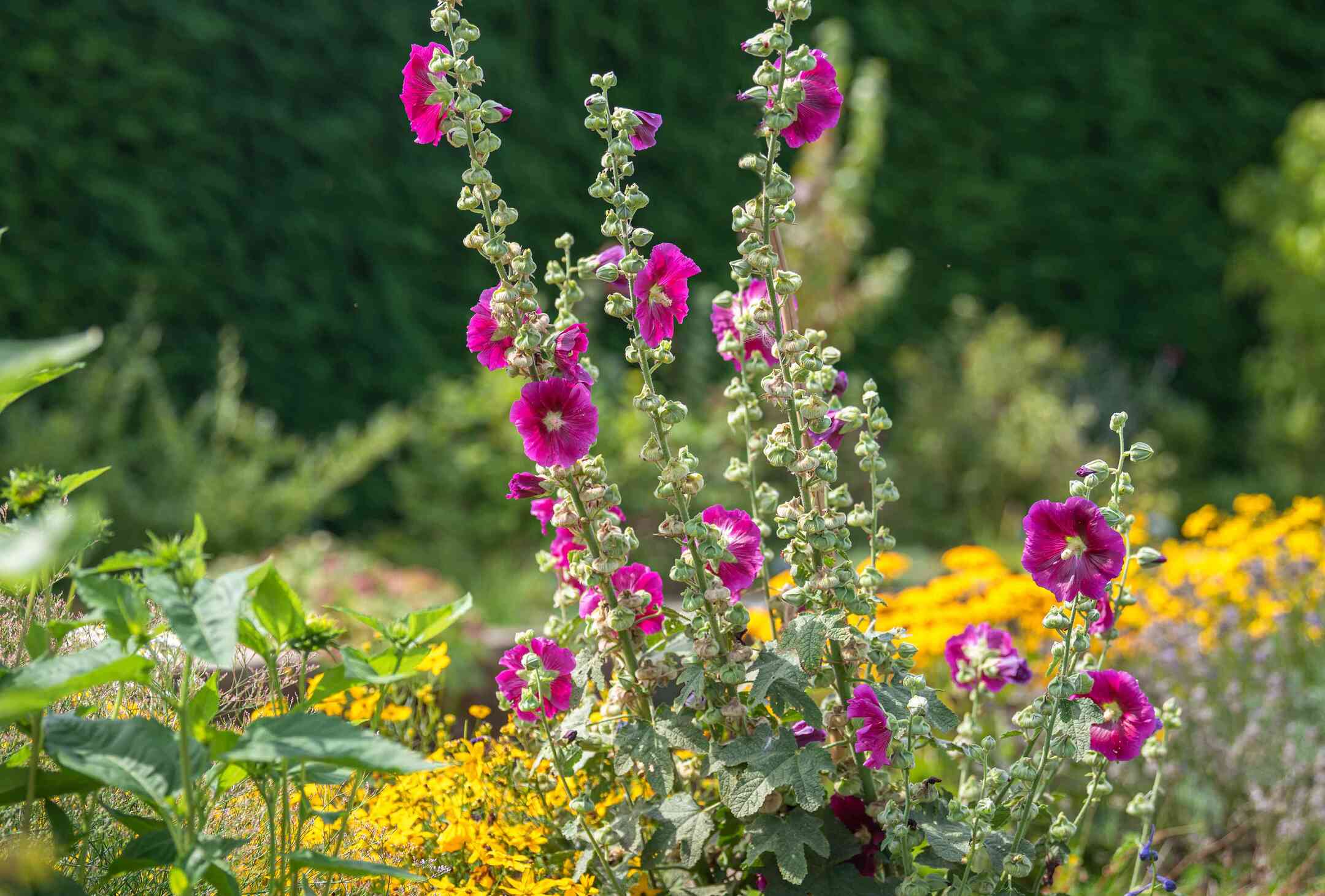
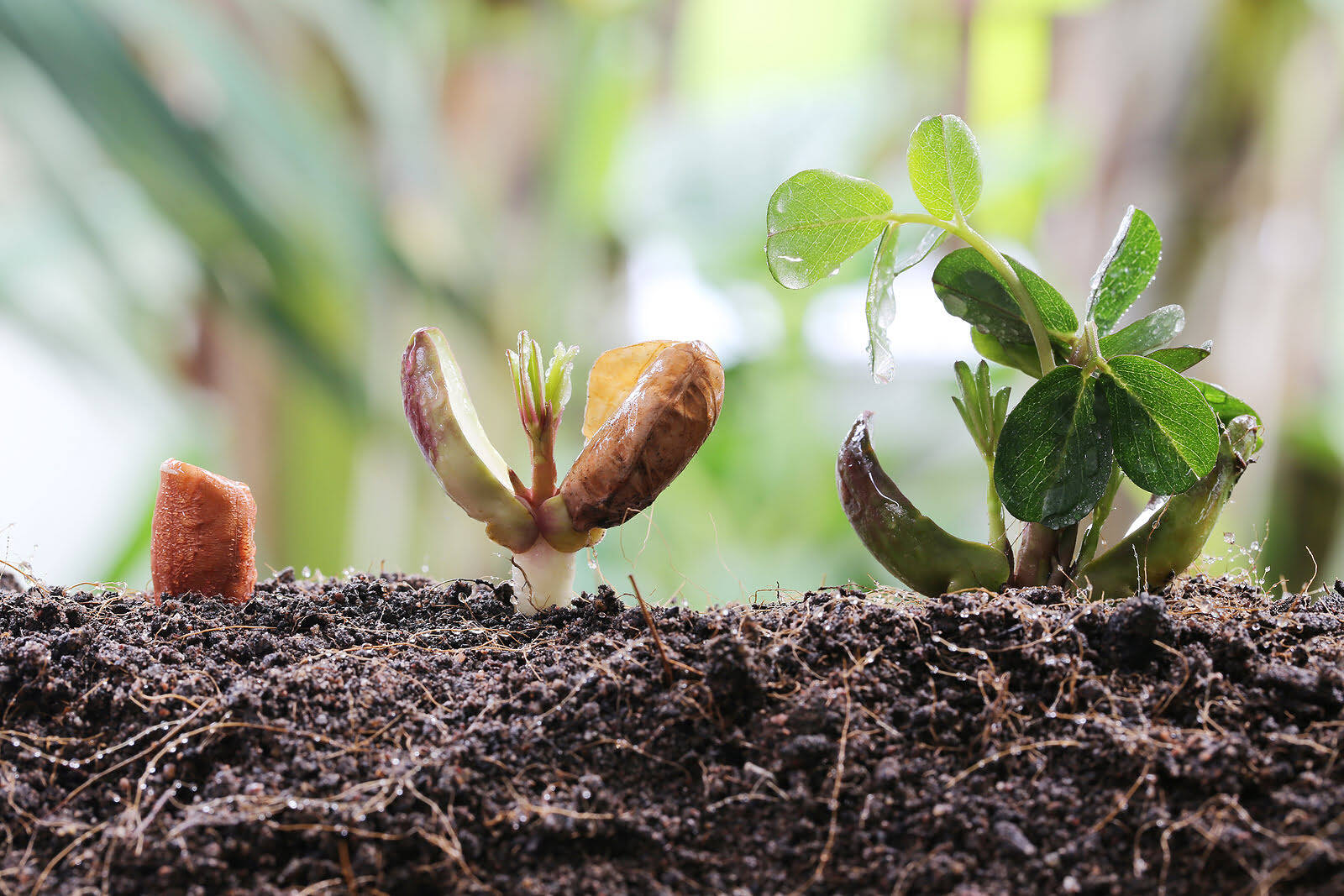
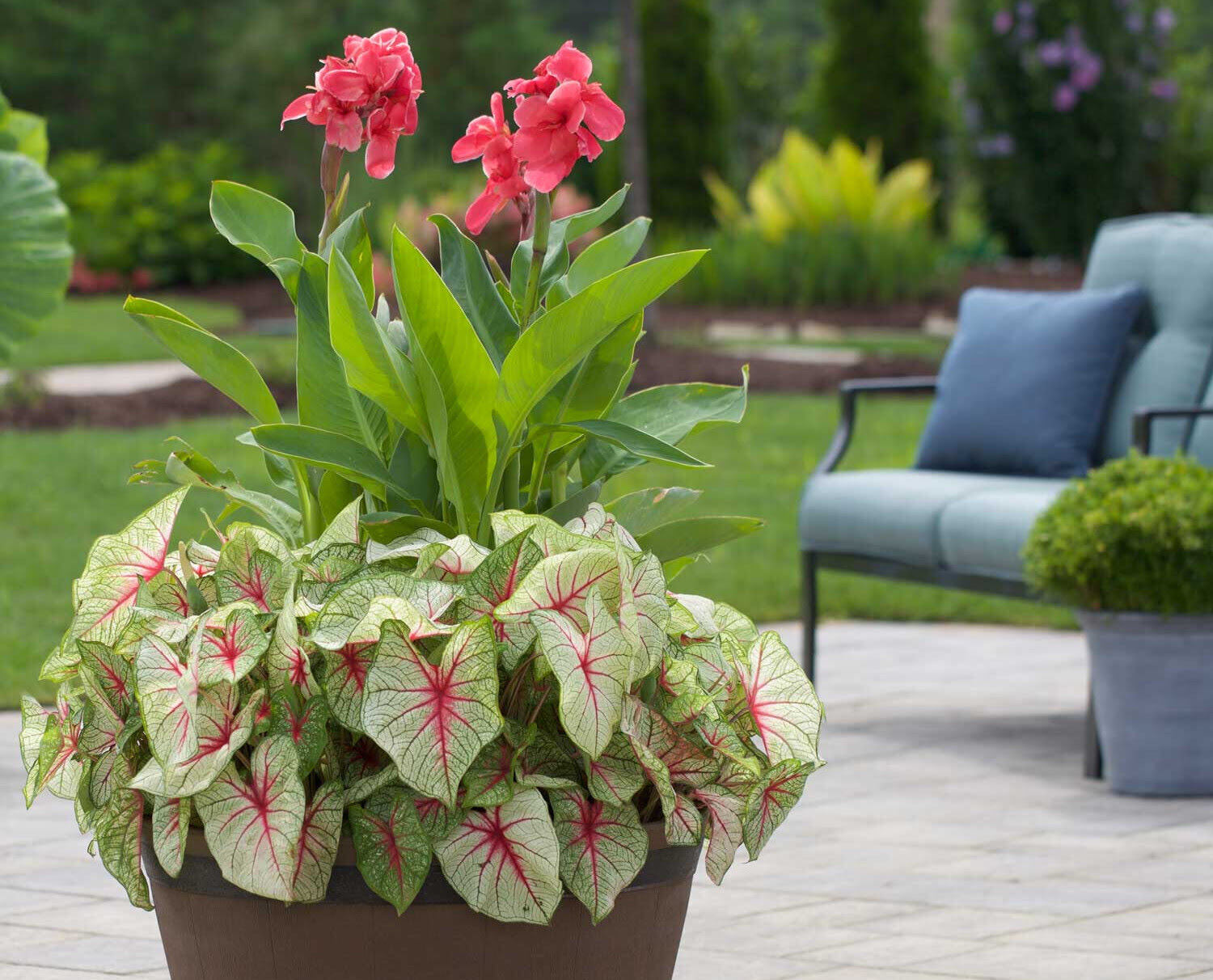
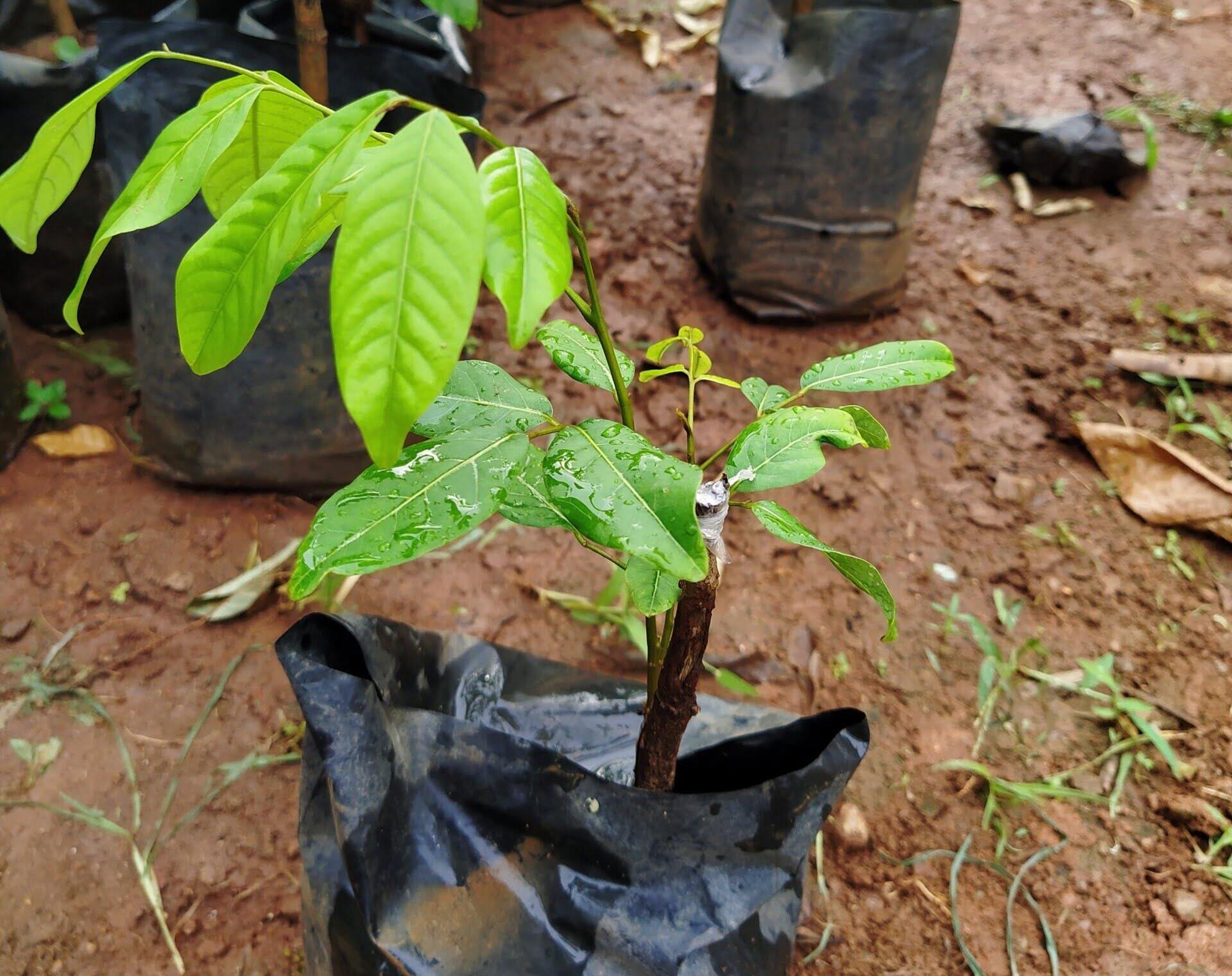
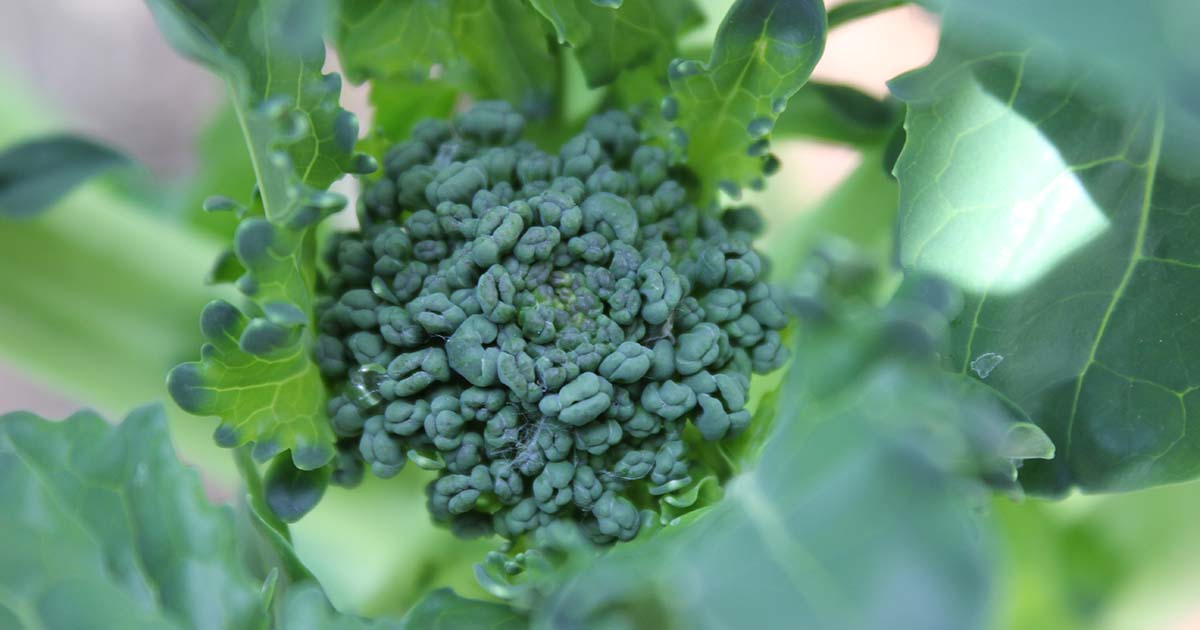
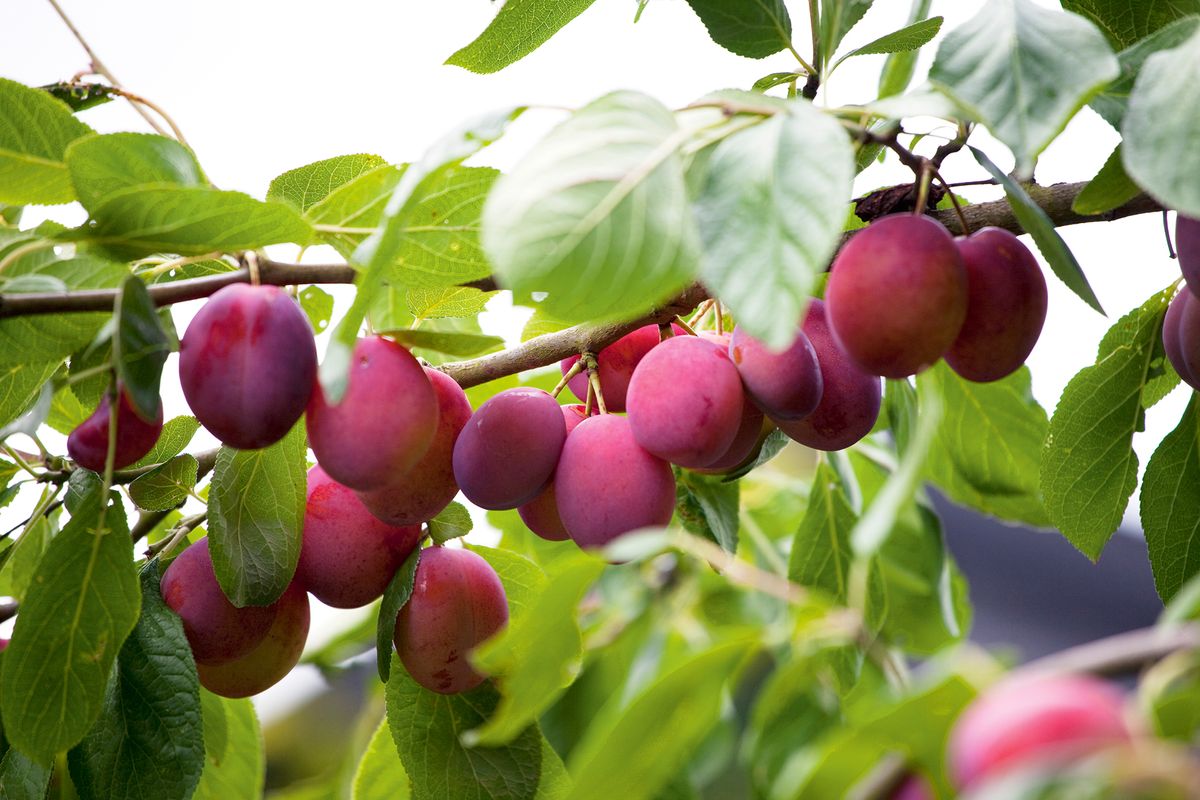
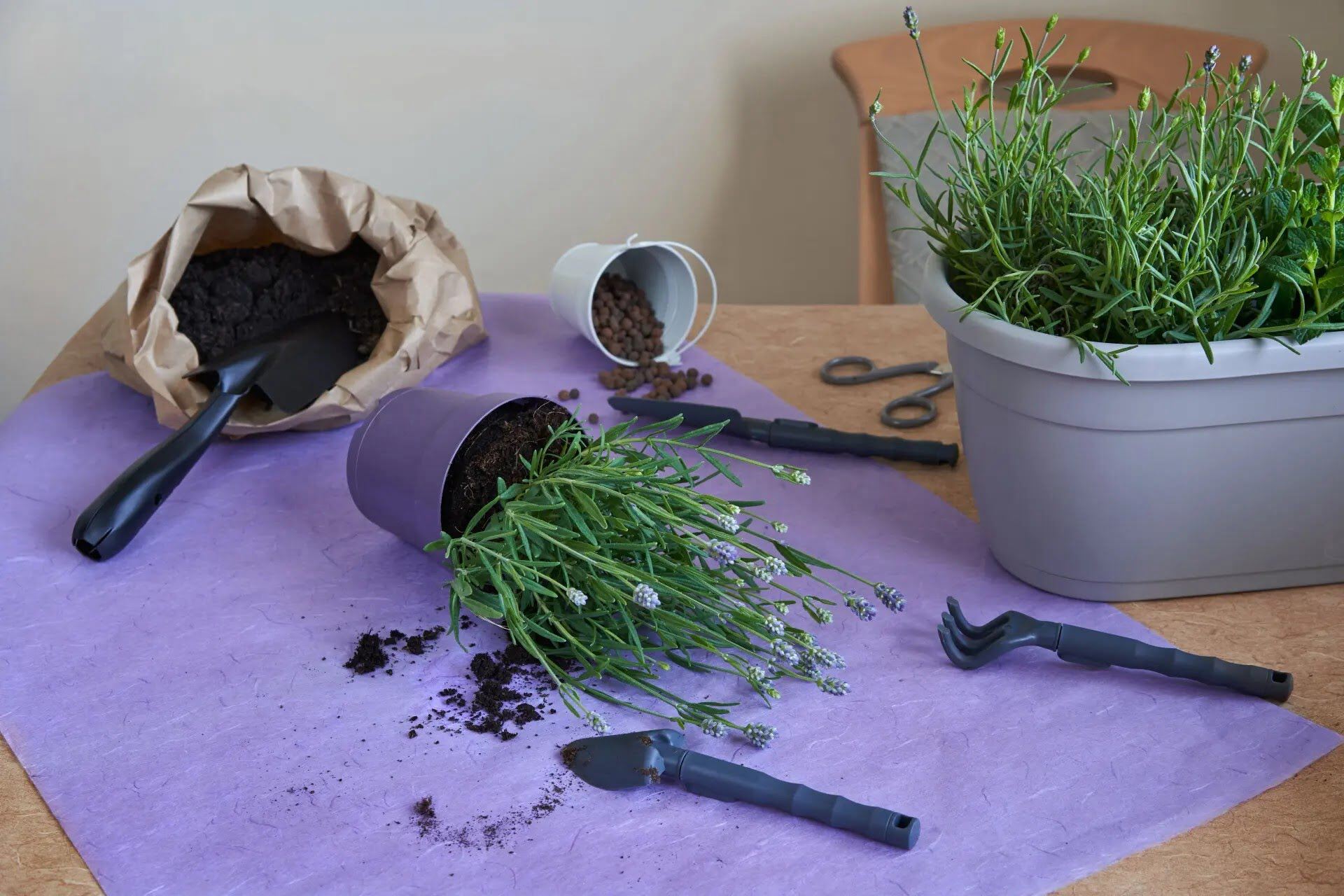
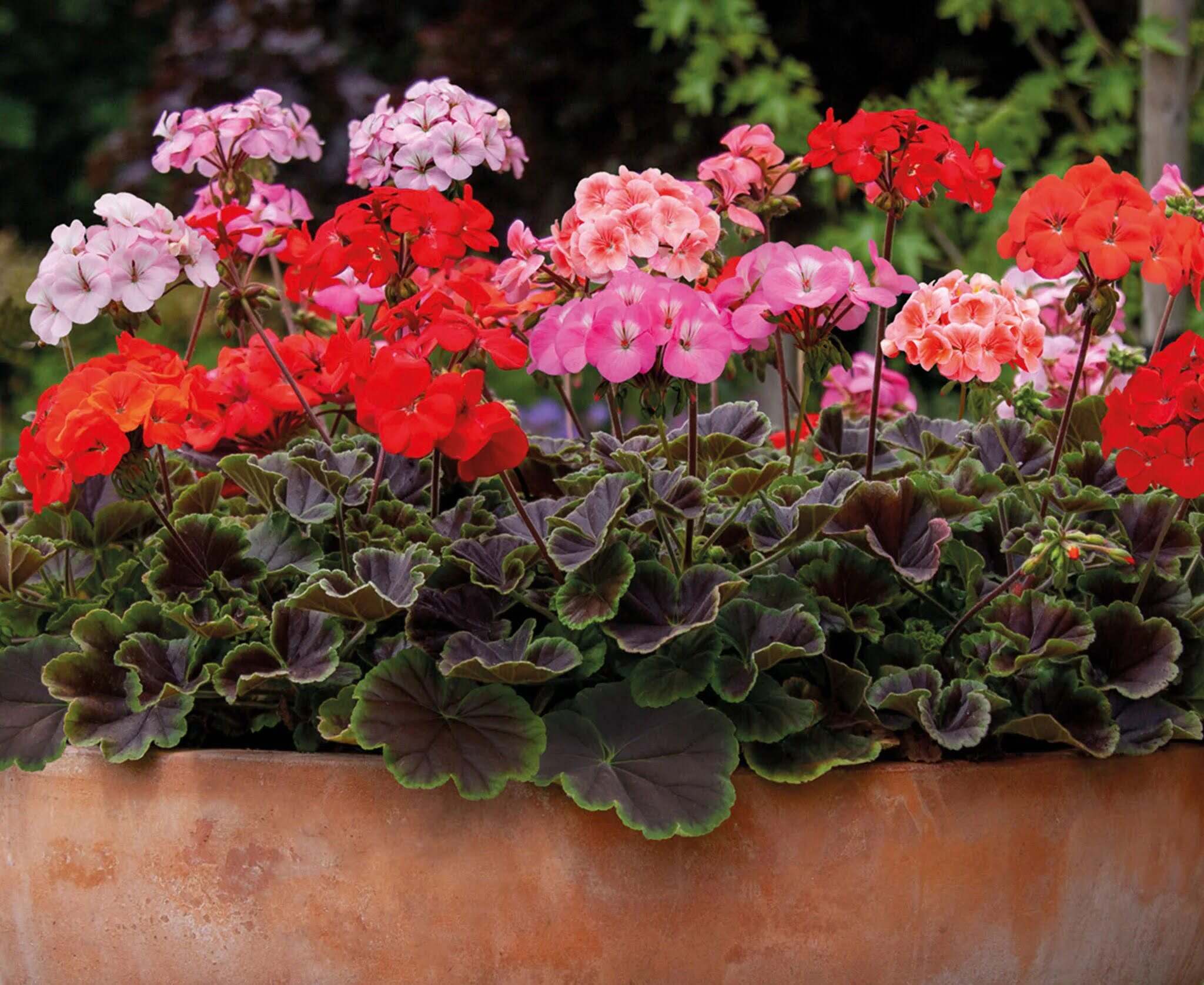
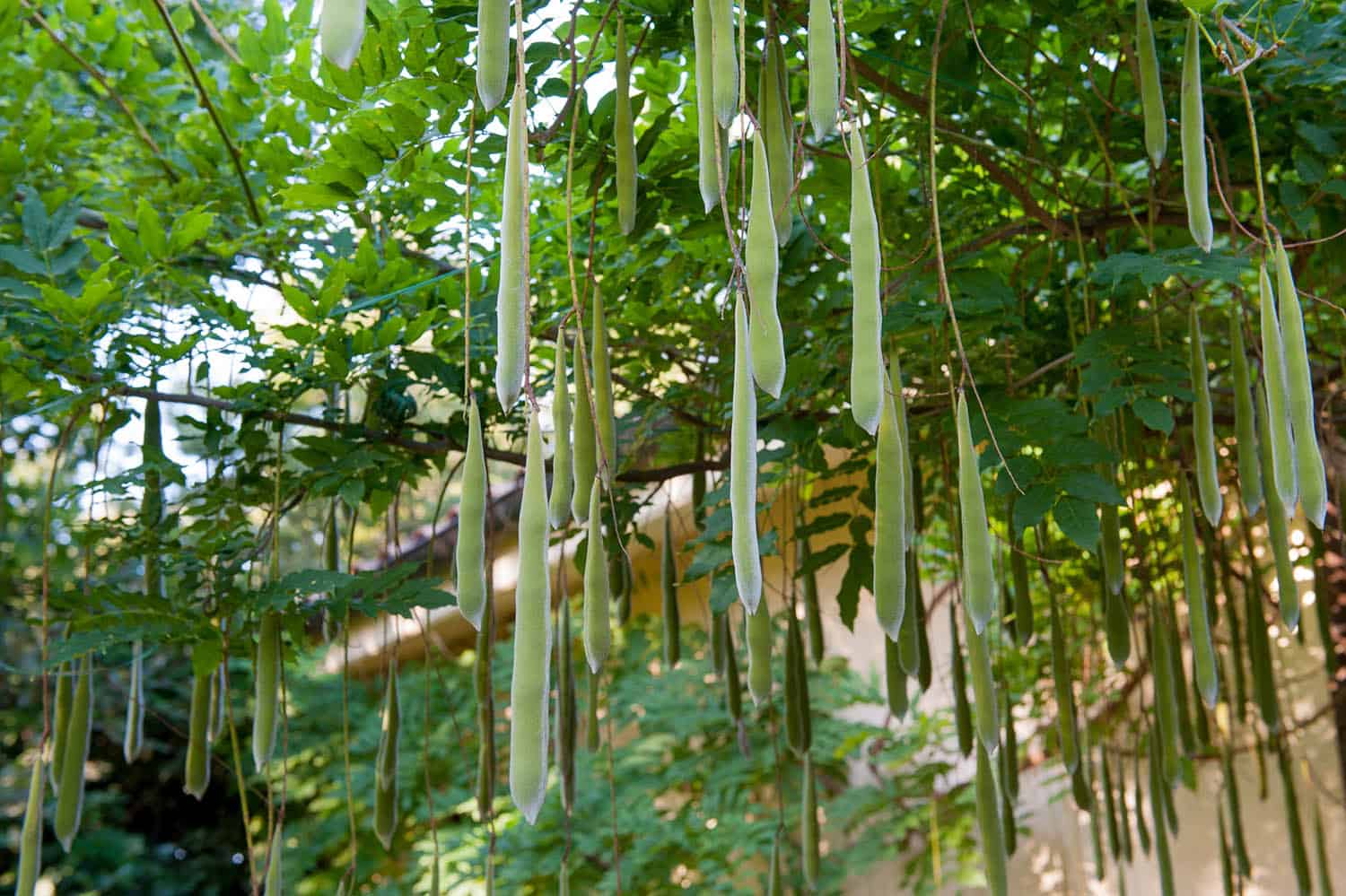
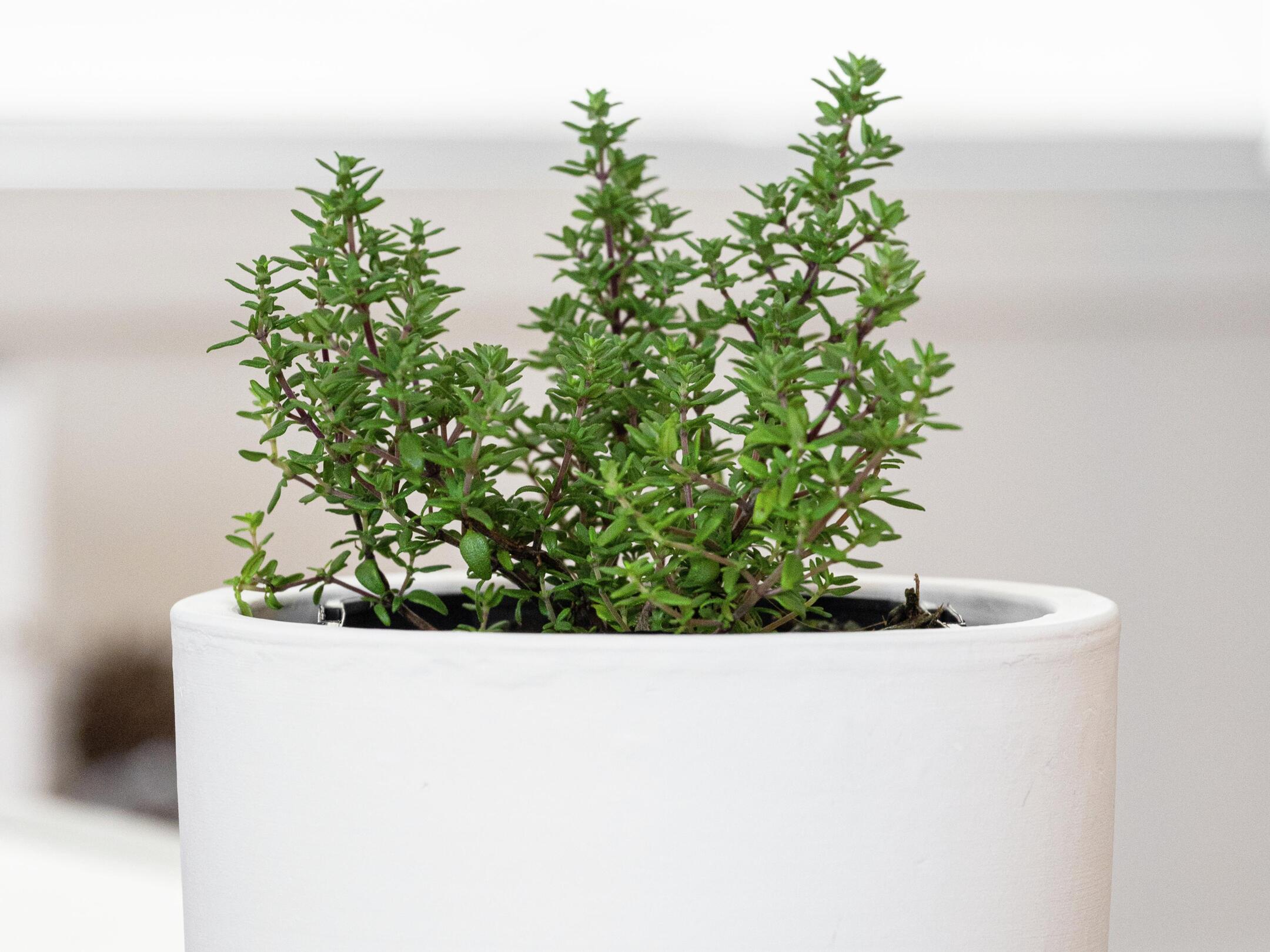

0 thoughts on “How To Grow Begonia From Seed”